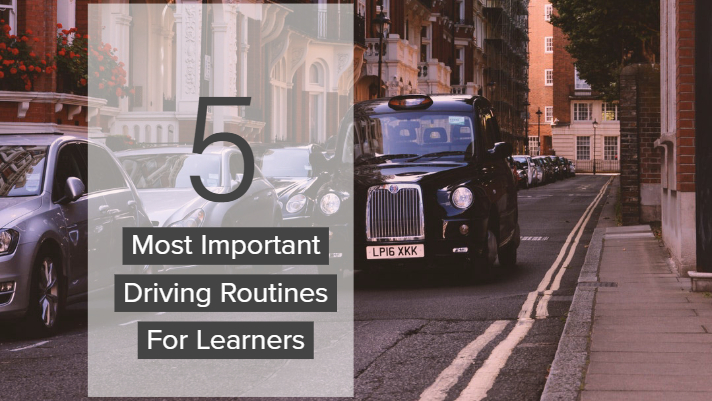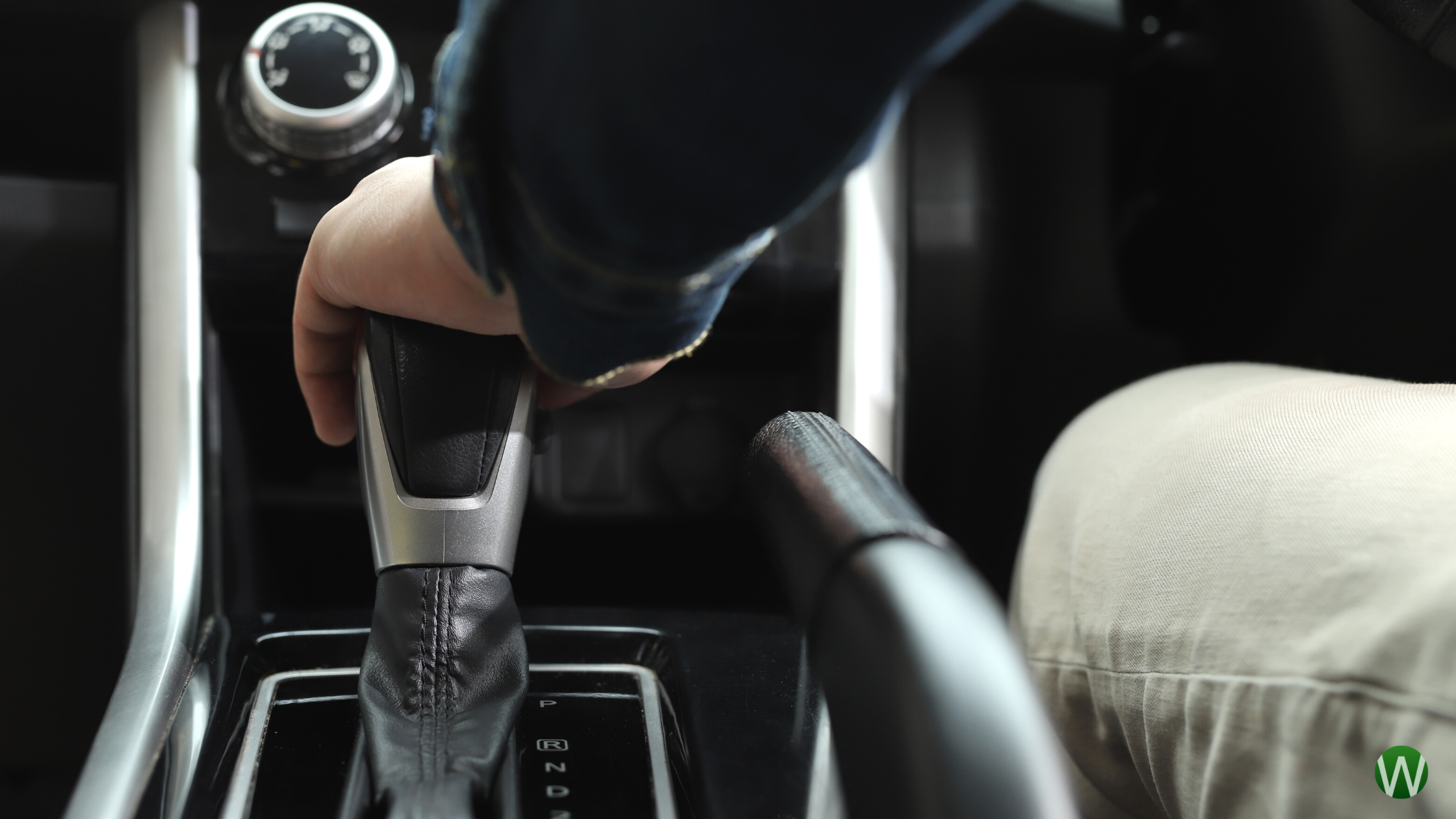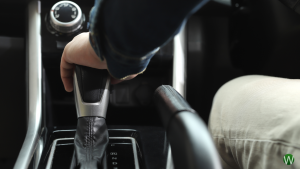Learning to drive is one of those experiences that’s both exciting and nerve-inducing. It gives you freedom and independence, but it also demands a lot of focus. Between the theory, the practical lessons, and the pressure of the test, it’s easy to feel like there’s too much to remember.
That’s where driving routines come in. These simple patterns of behaviour help you remember the correct order of actions, reduce stress, and make you a safer driver. They turn complicated situations into clear, manageable steps. Whether you’re at the start of your lessons or preparing for your test, knowing these routines well will give you a real advantage.
At Wimbledon Driving School, our instructors teach these techniques in a calm, supportive way. We make sure every learner understands not just what to do, but why it matters. Once you begin to follow these routines naturally, driving starts to feel easier and more predictable.
Why Routines Matter When Learning to Drive
Driving involves constant decision-making. You need to look, think, and act in quick succession. Without structure, it’s easy to forget steps, like checking a mirror or signalling early enough. Routines help create order in the middle of that chaos.
Instead of trying to recall random instructions, you rely on set patterns that guide your reactions. Over time, these habits become automatic, freeing up your attention for reading the road and anticipating what other drivers might do.
Good routines also help with test preparation. Examiners aren’t looking for perfection, but they do want to see safe, consistent decision-making. If you follow established driving routines properly, you’ll naturally tick off many of the boxes they assess awareness, control, safety, and observation.
The Cockpit Routine: D.S.S.S.M
Every lesson begins before the car even moves. The D.S.S.S.M routine, Door, Seat, Steering, Seatbelt, Mirrors, is how you make sure your driving position is safe and comfortable. It sounds simple, but it’s one of the most important habits to build.
- Door – Check that your doors are closed securely. Give them a gentle push to make sure they’re latched.
- Seat – Adjust the seat so you can reach the pedals comfortably and see the road clearly.
- Steering – Make sure the steering wheel feels right for your height and distance. You should be able to turn it easily without stretching.
- Seatbelt – Always fasten your seatbelt before starting the engine, ensuring it’s not twisted.
- Mirrors – Adjust the interior and exterior mirrors to give the widest possible view behind and beside you.
Moving Off Safely: P.O.M
Once you’re ready to move, the P.O.M routine, Prepare, Observe, Move, helps you set off correctly and safely.
- Prepare the car by finding the biting point in a manual or selecting “Drive” in an automatic.
- Observe all around you. Check mirrors, glance over your shoulder, and look for pedestrians or cyclists.
- Move off smoothly once it’s safe, releasing the handbrake and accelerating gently.
This simple sequence builds confidence from the start. Learners often rush this step, but Wimbledon Driving School instructors emphasise patience and awareness. You should always move off calmly, not in a hurry to get away.
On Approach: M.S.P.S.L
As you approach junctions, roundabouts, or turns, use the M.S.P.S.L routine, Mirror, Signal, Position, Speed, Look.
- Mirror – Check what’s behind you before slowing or changing direction.
- Signal – Indicate early enough to inform other drivers and pedestrians.
- Position – Position your car correctly on the road for the manoeuvre.
- Speed – Adjust your speed smoothly to suit the situation.
- Look – Always look carefully in all directions before proceeding.
This is one of the most important routines to remember for your test. It shows that you’re in control and thinking ahead. Learners at Wimbledon Driving School practise this repeatedly across different junction types so it becomes second nature.
Parking Correctly: S.C.A.L.P
The S.C.A.L.P routine stands for Safe, Convenient, And Legal Position. It’s used when you stop or park.
Ask yourself three quick questions:
- Is it safe? You shouldn’t stop where it blocks traffic, hides signs, or endangers pedestrians. Don’t park on the brows of hills or near bends
- Is it convenient? Choose somewhere that doesn’t inconvenience other road users.
- Is it legal? Avoid double yellow lines & dropped kerbs.
Parking is one of the most common areas where learners lose marks. Regular practice, along with this simple checklist, helps you get it right every time.
Reading the Road: L.A.D.A
The L.A.D.A routine, Look, Assess, Decide, Act, helps you manage new situations as you approach them. It applies to almost every part of driving, from pedestrian crossings to roundabouts.
- Look – Scan the road ahead, behind, and to both sides.
- Assess – Consider what’s happening: Is that car slowing? Is a pedestrian waiting to cross?
- Decide – Choose a safe, legal action based on what you’ve seen.
- Act – Carry out your decision smoothly and confidently.
This habit keeps you proactive rather than reactive. It’s especially useful when you reach more complex road layouts later in your lessons.
The Importance of Observation Routines
Observation underpins every good driving routine. You can have perfect control of the car, but if you fail to look properly, you risk making dangerous mistakes.
At Wimbledon Driving School, instructors focus heavily on developing strong observation skills. This includes mirror checks, blind-spot awareness, and scanning junctions properly before committing to a move. Practising this regularly helps learners avoid the most common reasons for test failure, observation at junctions and failing to judge other road users correctly.
Practising Routines Until They’re Natural
Routines aren’t there to make driving robotic. They’re meant to give structure so you can handle real-life traffic calmly. The aim is for these steps to become habits, not something you have to think through line by line.
It takes repetition to reach that point. Learners who practise regularly, (ideally at least once a week) usually find that these routines become instinctive within a couple of months. Once they do, you’ll start thinking less about the process and more about the bigger picture: anticipating hazards, reading other drivers, and managing risk effectively.
The Role of Confidence and Calmness
Confidence plays a huge part in using routines effectively. If you panic, you’re more likely to forget steps or rush. Calm drivers think clearly and follow their checks in order.
Our instructors often remind learners that confidence doesn’t come from taking risks; it comes from knowing exactly what to do and doing it calmly. When you repeat safe habits, confidence follows naturally.
During lessons, Wimbledon Driving School’s instructors provide feedback in a supportive way, helping you understand mistakes without pressure. This builds a positive learning environment where you can develop at your own pace.
Building Test Readiness
When you eventually take your driving test, examiners won’t expect perfection. What they want to see is control, consistency, and awareness. If you apply these routines throughout your drive, you’ll demonstrate exactly that.
They’ll see you checking mirrors, signalling early, assessing hazards, and reacting calmly, all signs of a driver who’s in control. Learners who prepare with Wimbledon Driving School often say that test routes feel less intimidating because they’ve practised these techniques in real London traffic.
Putting It All Together
Once you know these routines and apply them together, driving becomes far less stressful. You start every journey safely, move off with confidence, assess hazards properly, and park with accuracy.
Over time, these routines merge into one smooth pattern of driving behaviour, the hallmark of a safe, confident driver. Whether you’re still getting used to clutch control or preparing for your test, following a structured learning approach makes all the difference.
Final Thoughts
Driving routines are more than exam tricks; they’re lifelong safety tools. They train you to think clearly under pressure, make good decisions, and react safely to whatever happens on the road.
If you’re learning to drive or planning to start soon, finding an instructor who explains these routines clearly is essential. The instructors at Wimbledon Driving School specialise in helping learners build strong foundations from the very first lesson.
Book your lessons online through the Wimbledon Driving School bookings page and start building the habits that lead to safe, confident, and successful driving.






